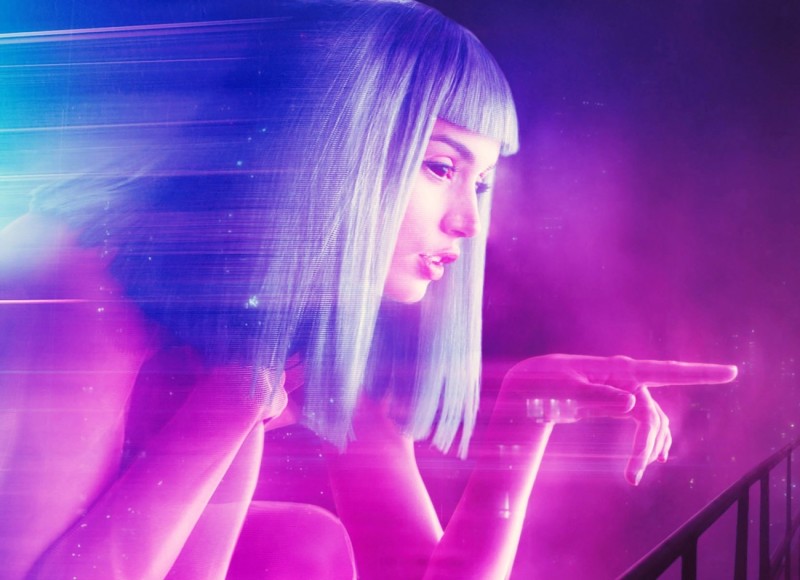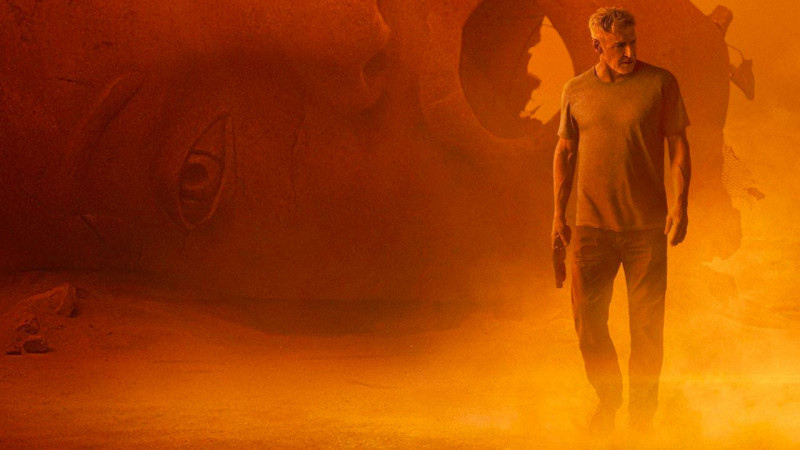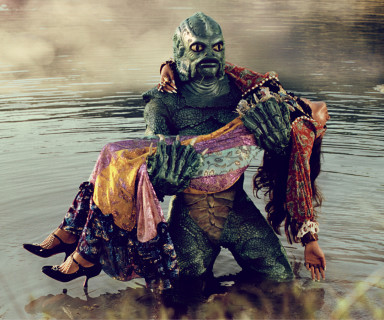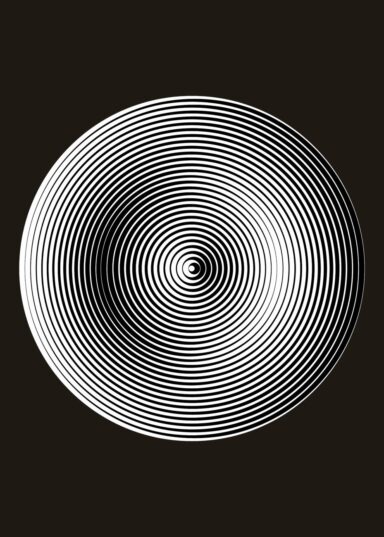Visual bliss and search for meaning: can we have it all?
Text by: Rebecca Rizzi
Confronted with the humongous enterprise of directing a sequel to Ridley Scott’s Blade Runner, Denis Villeneuve declared he felt like a “vandal with paint in a church” not for nothing. The 1982 film has been long conceived an unsurmountable sci-fi myth, and to say it with Neil Gaiman, “these stories have power”. Circulating in worldwide theatres just over two weeks, 34 years after its predecessor, Blade Runner 2049 possibly surpassed expectations, gifting film history with a milestone that sets the new standard in CGI. It’s like the iPhone X turned movie; but is it narratively satisfying?

Suspension of disbelief, reloaded
LAPD officer Agent K (Ryan Gosling) is exposed to a secret that could disrupt the social order in a futuristic Los Angeles; entrusted with the task of finding and ‘retiring’ a human born of a replicant female, he embarks on a spectacular mission that will lead him to Harrison Ford’s worn-out, ex-blade runner Deckard, and ultimately, to himself. Two women, both products of Wallace Corporation, contribute to this hallucinatory journey; Joi (Ana de Armas), a stunning virtual girlfriend capable of true love, whom Agent K can summon and deactivate at the touch of a remote control and Luv, the villain supremely interpreted by Sylvia Hoeks, a new generation replicant who kills men with a blink of an eye while getting her nails done.
A complex narrative and overstimulating visuals might call for an active participation on the viewer’s part, with sequences that form a magical concoction so powerful it leaves you gasping for air: the psychological assessment Agent K systematically undertakes after each mission, where he responds with the word “cells” to a series of robotic interrogations intended to debrief or confirm his humanoid condition; the sensational ride, cutting through San Diego’s wasteland on a hyper realistic Peugeot space car; the apocalyptic and radioactive desert where Deckard’s home rises, so far from the film noir’s aesthetics and Ridley Scott’s dark cyberpunk slums, yet somehow visually contiguous to the Blade Runner universe; Hans Zimmer’s musical score, exalting the grandeur. Blade Runner 2049 redefines the concept of suspension of disbelief; it’s exactly what Bazin meant with “total cinema”–and yes, it is that great.

The achievement of Roger Deakins’ photography and Dennis Gassner’s production design is prodigious: the perfect, hyper-functioning machine-like backdrop contrasts and enhances the characters’ human flaws, making their incapability to discern replicants from humans relatable.
Blade Runner 2049 possibly surpasses its predecessor by touching the characters’ intimate struggle, their “inner doubt”: what makes us human?, is not our identity a product of our memory and consciousness, rather than a “matter of substance of either the soul or body”? When we almost have it figured out, Villeneuve upsets our certainties in yet another plot twist.
Despite its different storyline and a pronouncedly stand-alone imprint, Blade Runner 2049 doesn’t want to be self-referential; it acts with full respect of its predecessor, not in its shadow. The ample references to the classic culminate with the hypnotic revival of Rachael, Deckard’s original love: a computer-generated wizardry juxtaposes look-alike actress Loren Peta to the image of Sean Young, bringing her back to life exactly as she was 35 years ago.
In the opening scene, the hunt down, older-generation replicant pronounces a pivotal phrase that resonates throughout the film: “You newer models, you’ve never seen a miracle”.
I think we have.


